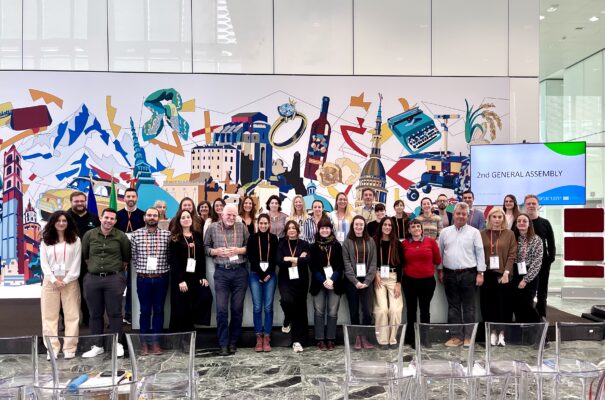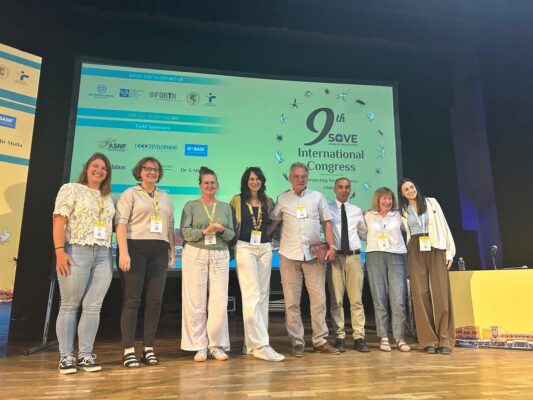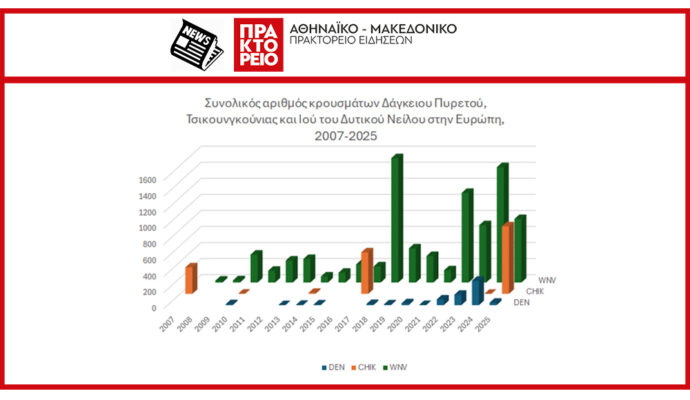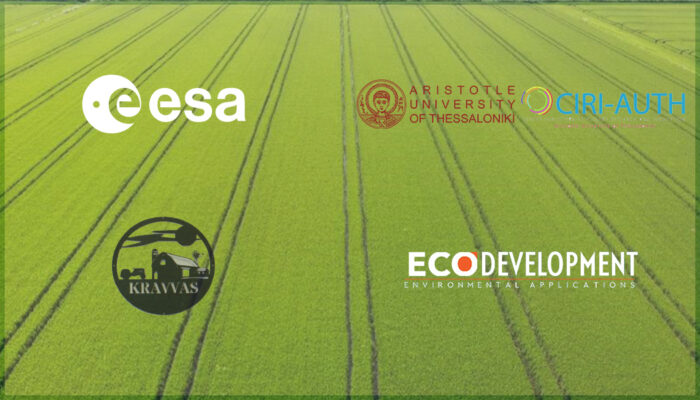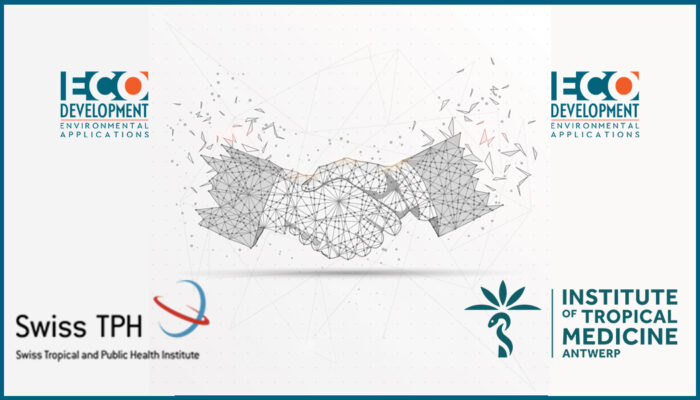Ecodevelopment in the context of social corporate responsibility, supports the residents of the Thessaly region after the phenomenon Daniel, implementing its own expenditure in collaboration with the Hellenic CDC and the Regional Public Health Directorate, a specialized program of entomological and epidemiological surveillance for the protection of Public Health in affected area by mosquitoes as potential pathogen transmitters.
Specifically, the project includes:
- Installation of a adult mosquito monitoring network in 50 locations in the Region of Thessaly distributed as follows: 20 locations in the Larissa regional unit, 20 in the Karditsa regional unit, 5 in the Trikala regional unit and 5 in the Magnesia regional unit.
- Adult mosquitoes are collected on a weekly basis from all traps.
- The collected samples are identified to species level and analyzed for the detection of West Nile virus in the Ecodevelopment laboratory immediately, while the results are available within 24 hours of their collection.
- In case of positive mosquito pools, all required mosquito control actions are carried out based on the human outbreak response plan, i.e. larvicide actions in common and private areas, residual abicide, ULV actions.
- Mosquito control actions in the surrounding area around the shelters for flood victims.
- Surveillance of selected areas using drones to delineate flooded surfaces as potential breeding grounds for mosquitoes and enable targeted aerial spraying following sampling of mosquito larvae.
- Sharing the results of entomological and epidemiological surveillance and control actions directly between the Hellenic CDC and the Directorate of Public Health of the Region of Thessaly, through an open online shared database.
The actions currently carried out in the area to combat mosquitoes have the sole aim of protecting the residents from the mosquitoes involved in the transmission of WNV. The actions concern only Culex pipiens, the common mosquitoes that disturb us at night, and not Aedes caspius mosquitoes, which appear after flood events.
Recording and evaluating data from larval sampling at mosquito breeding sites, captures of adult mosquitoes at set traps, and laboratory analyzes for virus detection redefine our actions weekly.






